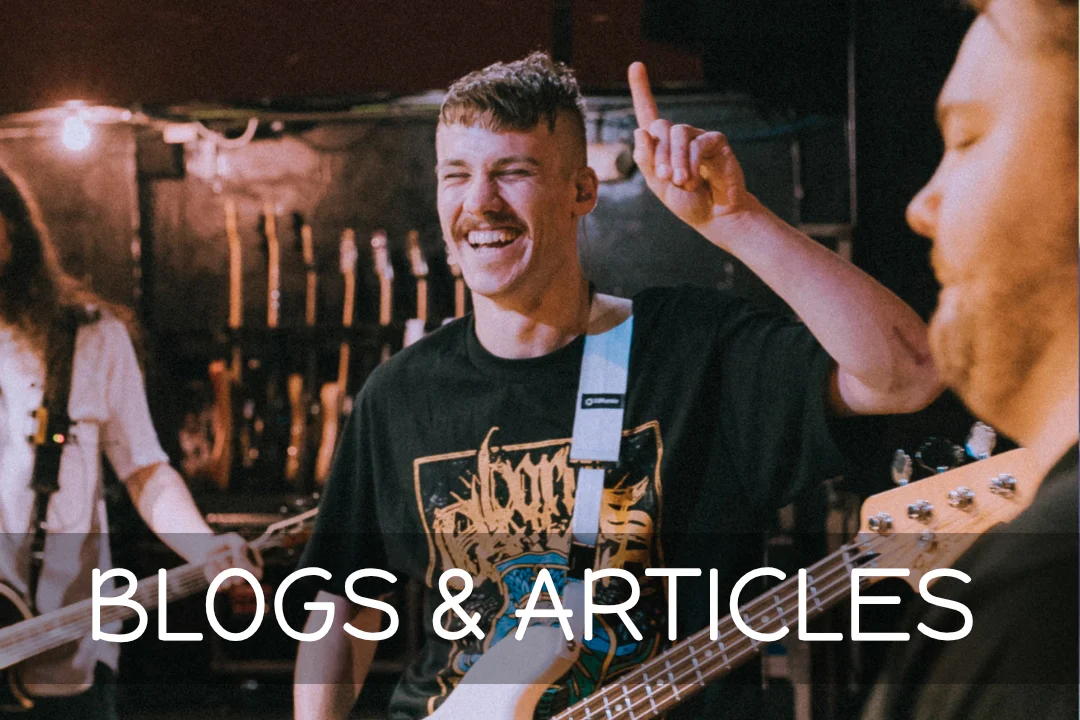Riffs are cool! When you start learning guitar, it is important to learn a few riffs to get your fingers moving in the right ways. A riff is a short repeated phrase typically used as an introduction or refrain in a song. There are millions of riffs in music and guitarists love them! Here are 5 riffs that every guitarist should learn:
The Strokes - Under Cover of Darkness
Strokes songs are pretty much all riffs and chords, this riff is actually featured in the verse and it is really fun to play. Featuring lots of arpeggios, give it a go!
2. John Mayer - I Don’t Need No Doctor
Originally a Ray Charles song, John Mayer’s live version of I Don’t Need No Doctor features an incredible riff. Give it a go.
3. Muse - Hysteria
Turn up your overdrive and give this alternate picking masterpiece a go. It is actually a bass riff, but it’s too much fun to not play it on guitar!
4. Michael Jackson - Beat It
An incredible riff in Michael Jackson's huge hit Beat It. Fun Fact: Eddie Van Halen played the guitar solo on this track.
5. Arctic Monkeys - DO I Wanna Know?
A super cool riff that is a little slower than the others but still has everything we like in a riff!
Hopefully you have enjoyed learning these riffs and make sure you play along to the backing tracks and send us videos of you playing!
If you are looking for lessons in guitar, Newbridge House of Music offer one-to-one lessons in guitar, bass, piano, vocals, ukulele, songwriting and music theory. Book your first free lesson now and start your musical journey with us!
We have released our first book!
This book teaches you every chord you will ever need in all five CAGED shapes, allowing you to master the fretboard and helping you to develop and expand your chord knowledge whilst keeping it fun and easy to grasp. Get the book and take your chord playing to new heights. 'Every Chord Shape You Will Ever Need' is ideal for guitarists trying to get to the next level and who like to play, perform and write music.





















